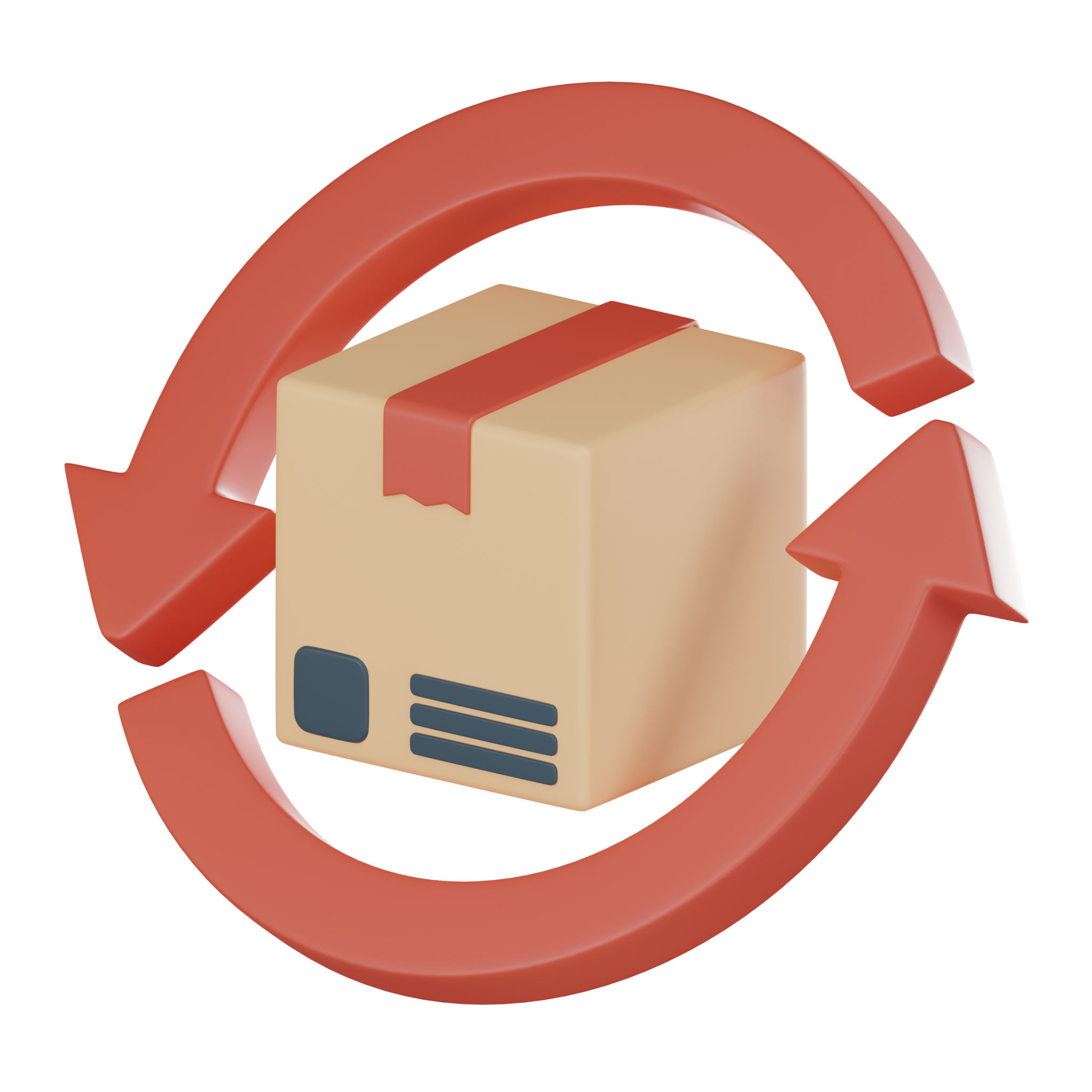Reverse Logistics: The Secret to Efficient Returns Processing
Understanding Reverse Logistics
In today's fast-paced business environment, efficient returns processing is no longer just an option—it's a necessity. This is where reverse logistics comes into play, offering a strategic approach to handle returned goods effectively. But what exactly is reverse logistics? Simply put, it involves the process of moving goods from their final destination back to the manufacturer or distributor for the purpose of return, repair, remanufacture, or recycling.

Reverse logistics is an essential component of supply chain management. It ensures that returned products are handled appropriately, reducing waste and maximizing value recovery. By implementing a robust reverse logistics strategy, businesses can not only improve customer satisfaction but also enhance their bottom line.
The Importance of Efficient Returns Processing
Returns processing is a critical aspect of reverse logistics that directly impacts customer experience and operational efficiency. With the rise of e-commerce, customers expect seamless and hassle-free return processes. An efficient returns process can lead to increased customer loyalty and repeat business.
Moreover, businesses can benefit from reduced costs associated with returns management. By streamlining the reverse logistics process, companies can minimize the resources needed to handle returns, ultimately contributing to a more sustainable business model.

Key Components of Reverse Logistics
There are several key components involved in reverse logistics that businesses should focus on to ensure efficient returns processing:
- Collection: Gathering returned products from customers in a timely manner.
- Inspection and Sorting: Assessing the condition of returned items to determine their next course of action—be it resale, refurbishment, or disposal.
- Remanufacturing and Refurbishment: Restoring products to a like-new condition for resale or redistribution.
- Recycling: Breaking down products into raw materials for reuse in new products.
Strategies for Improving Reverse Logistics
Implementing effective strategies can significantly improve the efficiency of reverse logistics operations. Here are some actionable tips:

Invest in Technology: Leveraging technology such as automated tracking systems and analytics tools can help businesses gain better visibility into their reverse logistics processes, enabling them to make data-driven decisions.
Partner with Third-party Providers: Collaborating with specialized logistics providers can enhance the efficiency of returns processing by outsourcing complex tasks like refurbishment or recycling.
The Role of Sustainability in Reverse Logistics
Sustainability is becoming increasingly important in today's business landscape. Reverse logistics plays a vital role in promoting sustainable practices by reducing waste and encouraging the reuse and recycling of materials. Businesses adopting sustainable reverse logistics practices not only contribute to environmental preservation but also build a positive brand image.
Ultimately, integrating sustainability into reverse logistics strategies can lead to significant cost savings and operational efficiencies while meeting the growing consumer demand for eco-friendly practices.
Conclusion
In conclusion, reverse logistics is a crucial component of modern supply chain management that can greatly enhance returns processing efficiency. By focusing on key components and implementing strategic improvements, businesses can optimize their reverse logistics operations, leading to improved customer satisfaction and financial performance. As sustainability continues to gain importance, incorporating eco-friendly practices into reverse logistics will be key to long-term success.
